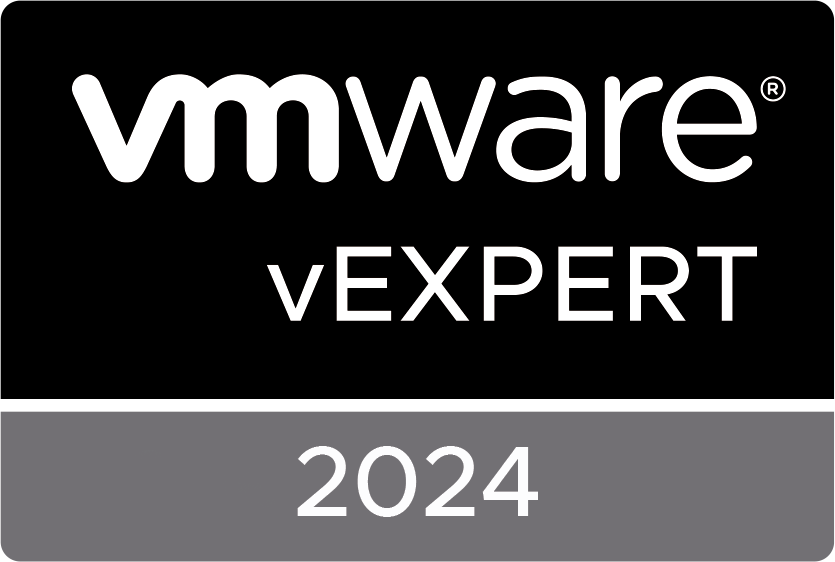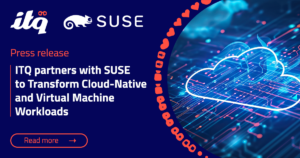
On the website of “Silicon Valley venture capitalist” Andreessen Horowitz, founded by tech giants Marc Andreessen and Ben Horowitz, a research article on the cost of cloud appeared in May 2021. The article was written by Martin Casado and Sarah Wang, both highly successful tech entrepeneurs. The article is currently stirring up a lot of controversy within the tech sector with conclusions such as:
“In 2017, Dropbox detailed in its S-1 a whopping $75M in cumulative savings over the two years prior to IPO due to their infrastructure optimization overhaul, the majority of which entailed repatriating workloads from public cloud.”
and:
“However, as industry experience with the cloud matures – and we see a more complete picture of cloud lifecycle on a company’s economics – it’s becoming evident that while cloud clearly delivers on its promise early on in a company’s journey, the pressure it puts on margins can start to outweigh the benefits.”
Friend and foe are falling over each other with pro and con arguments on this article. Although this article and research focuses primarily on the large SaaS companies like Dropbox and Adobe, I see strong parallels with challenges our customers face on their journey to the cloud. In this article, a reflection on the key conclusions from this research, and what they may mean for our customers.
“The Cost of Cloud, a Trillion Dollar Paradox”
Let’s start with the title of the article because it already doesn’t leave much to the imagination: “The Cost of Cloud, a Trillion Dollar Paradox”. The keyword is in the word “paradox” because it aptly captures the essence of the article. On the one hand, the cloud is the most innovative paradigm shift in IT that has created huge opportunities for organizations, and especially for young companies/startups. Cloud offers an almost infinitely scalable amount of computing power, innovative infrastructure, application and data platforms, and so on. On the other hand, organizations often encounter a harsh reality when really scaling: cloud costs skyrocket, are unpredictable and there is hardly any grip on the architecture. The article concludes:
” as industry experience with the cloud matures – and we see a more complete picture of cloud lifecycle on a company’s economics – it’s becoming evident that while cloud clearly delivers on its promise early on in a company’s journey, the pressure it puts on margins can start to outweigh the benefits, as a company scales and growth slows.”
The study then cites the Dropbox case study to explain that the cost of cloud to Dropbox was such a high contributor to the “Cost of Revenue,” i.e. the cost of the Dropbox service, that they made the drastic decision to move their workloads back from the public cloud to their on-premises infrastructure. According to its annual financial report, Dropbox realized $75 mio in cumulative savings from this over a two-year period, prior to Dropbox’s IPO.
Why an “all-in” cloud strategy often doesn’t work
It is precisely on these examples in the article that the greatest resistance to the article comes. The Dropbox case is quite unique with its massive amounts of storage capacity and, according to critics, is not representative of the average organization. While I largely agree with this criticism, from my experience I do see comparisons to smaller organizations in our region. Often a cloud transition is initiated from a management decision to bring “everything” to the cloud. A “Cloud First” or an “All-in Cloud” strategy. IT, and in particular IT infrastructure, is still seen as a cost center within many organizations, and then it seems very attractive to upper management or shareholders to flexibilize a large part of the Capex driven costs and bring it into a “pay by use” Opex model. Some of the hard work of keeping a complex IT infrastructure healthy and secure in the air are seemingly outsourced to the cloud provider. At the outset, a cloud-first business case always seems to be a positive one.
But then reality sets in. The transition takes many times longer than previously estimated. Properly hosting applications on a public cloud is complex, time-consuming, and costly. Traditional applications are poorly suited to run 24x7x365 on a public cloud, if only because the costs are high and the ‘pay as you use’ model gives zero advantage here because you are always ‘using’. The costs in these cases are significantly higher than estimated beforehand, and in our experience, this applies to both the one-off (project/transition) costs and the recurring cloud costs. The article concludes, by the way, that according to various experts, retrieving workloads from the public cloud (“repatriation”) results in cost savings of one-third to one-half of these recurring cloud costs. In The Netherlands, we also see more and more examples of organizations that – seemingly against the trend – explicitly choose to run a private cloud platform to save costs, among other things. A salient detail after this story about high cloud costs is that, according to the research article, over 60% of the organizations that move to the cloud do so to save costs!
In addition to the high costs of the cloud, we see many organizations struggling with the adoption of cloud technology and the development and acquisition of knowledge within the IT teams. I call cloud a paradigm shift for a reason. If you try to make a transition to the cloud from old habits and paradigms, you’re never going to get the gains you envisioned. A “lift and shift” migration of a traditional application from an enterprise data center to a public cloud, by definition, delivers little value. The innovative public cloud is literally demoted to “somebody else’s computer”. And that is a waste of all the effort, effort, and money that are invested in a cloud transition. It is precisely at obstacles such as these that we see many cloud transitions fail. Scaling down the own infrastructure does not succeed sufficiently, business cases are not met, applications have to be migrated back, etc. The (partial) failure of a ‘high profile’ project always does something to lower morale.

Cloud is not a place but a model
So what lessons can we learn from this study? On the one hand, there is no doubt that cloud computing has caused a revolution in IT and that the possibilities of the cloud to generate real value for the business are virtually endless. Driving (business) innovation with a smart cloud strategy and using cloud services to achieve results quickly and efficiently has given many organizations a competitive advantage. For example, organizations that were able to quickly respond to the changes caused by the pandemic with smart cloud solutions are typically the organizations that were able to thrive in times of crisis. On the other hand, the cloud is not the Holy Grail to which all applications should be migrated carelessly in the vain hope of saving costs.
ITQ has been developing smart solutions based on cloud technology since the emergence of the cloud. We have always been convinced that the cloud is not a place where you have to move applications to, but that the cloud is a way of working and a way of consuming that has to fit your application landscape. That is why – in most cases – we do not believe in such an all-in public cloud strategy. Some applications or processes simply don’t fit well in that public cloud model. For most organizations, a hybrid cloud solution is the ideal end state. A private cloud combined with one or more public clouds in which applications run precisely where they are best used. That may be on your own infrastructure, it may be on VMware Cloud in one of the public clouds or it may be native on one of the public clouds. As long as there is a smart strategy and vision behind it!
I recommend everyone to read the original research article and draw their own conclusions from it. These will be different for everyone, depending on where you are in your journey to the cloud. The article also gives a number of interesting considerations to take into account in advance of making a move to the cloud. These considerations will be covered in detail in a second ITQ blog but until then I would definitely take them to heart. VMware Cloud CTO Kit Colbert has already written a response to this article in which he shows how VMware’s multi-cloud strategy perfectly matches the results of the article and which VMware cloud products and solutions can help implement these considerations. Definitely a must-read as well!
Want to exchange thoughts with me about the article or cloud in general? Great! Just get in touch with me!





